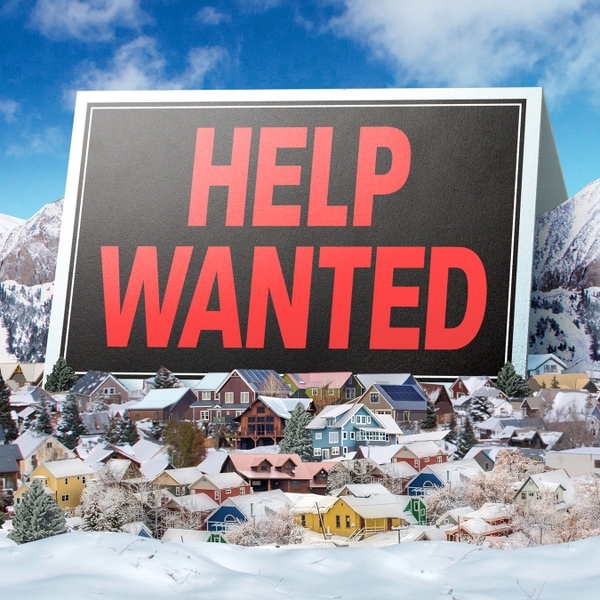How to Save a Ski Town
All over the West, a housing crisis is causing workforce shortages, crippling local businesses, and threatening the culture and existence of mountain towns as we know them. But amid the doom and gloom, some people are fighting for solutions.
New perk: Easily find new routes and hidden gems, upcoming running events, and more near you. Your weekly Local Running Newsletter has everything you need to lace up! .
Once upon a time, there was a magical town named Crested Butte. It was nestled in a valley in southwest Colorado among beautiful, towering peaks and shivering aspen groves. The mountains made the town difficult to get to—it lay, quite literally, at the end of a two-lane road. There were a couple of dirt roads in, too, but after the late-fall snowstorms, they became impassable. And so the mountains protected the town.
For a long time things were good. In the winter, there was powder to ski; in the summer, there were trails to ride. Most important, there were not so many visitors, at least compared to other mountain towns. Crested Butte was far from the constant roar and snaking brake lights of I-70, Denver’s thoroughfare to the mountains; and some might also say the family who owned the ski resort did a pretty crappy job of marketing it. But the residents liked it this way. Their town had not sold its soul for tourist dollars and high-speed lifts like Aspen or Vail. They still had their T-bars, their funky culture, their cruiser bikes parked unlocked on the streets.
But things began to change. Crested Butte was discovered, in the same way that other magical towns were being discovered. More people began to visit, and those people told their friends and posted glowy photos on Instagram. More people bought second homes there, driving up the price of real estate. Then came the Airbnbs and the VRBOs, which allowed second-home owners to earn a lot more money renting to tourists than to the people who actually lived and worked there. The locals found it harder and harder to afford a place to rent or buy in town. They began to leave, moving 35 minutes downvalley to Gunnison or disappearing from the area altogether. By 2017, some wondered if Airbnb was going to kill this, and other, magical towns.
Then came the pandemic. Maybe this part of the story you know. Unchained from their desks, the hordes of newly remote white-collar workers descended upon all the magical mountain towns, and in just one year, the median list price for a home in Crested Butte jumped 40 percent, to $895,000. Rents soared, too—20 to 40 percent in Colorado ski towns like Crested Butte, according to one . Meanwhile, both for-sale and rental inventory plummeted. Now it was nearly impossible for locals to find housing.
And one day in the summer of 2021, the town simply stopped working. Restaurants began to shut down for parts of the day or entire days of the week. “Help Wanted” signs appeared up and down the main street of Elk Avenue. It didn’t matter that the sidewalks teemed with tourists freed from COVID lockdowns and ready to spend. Lines grew. People waited an hour and a half, two hours for food. What’s happening? visitors grumped.
The newspapers reported on the problem: it was so hard to find affordable housing in town that there weren’t enough people left to work in town. It wasn’t just Crested Butte, either. The headlines popped up all summer long:
In July, NPR shone its spotlight on Crested Butte: Indeed, by that point the valley’s tourism association was running ads in the local paper informing visitors about the housing shortage and asking them to be patient with slower than usual service. The window of the iconic Wooden Nickel steakhouse displayed an “Employee Crisis Limited Menu” notice. The sign went on to explain that, on top of having “barely enough employees to run the restaurant,” some cooks had just quit. “We’re sorry we’re unable to provide the menu you expected,” it told would-be diners. “Thank you for joining us on this challenging evening.” Across the street, at the Brick Oven Pizzeria, someone had affixed a sticker on the wall of the men’s bathroom that read, simply, “SAVE CB.”
The magical town, it seemed, was in serious trouble.




